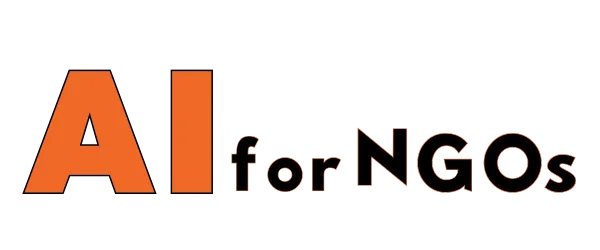Data visualization is a powerful tool that is helping nonprofit organizations make a greater impact in their work. By effectively presenting data in a visual format, nonprofits are better able to communicate their stories, engage with supporters, and drive change in their areas of focus. In this article, we will explore how data visualization is revolutionizing the nonprofit sector and empowering organizations to make a difference in the world.
The Power of Data Visualization
Data visualization allows nonprofits to present complex information in a visually appealing and easy-to-understand way. By using charts, graphs, maps, and infographics, organizations can convey their message more effectively and engage their audience on a deeper level. This visual representation of data helps stakeholders to quickly grasp key insights and make informed decisions.
For example, a nonprofit working on environmental conservation can use data visualization to show the impact of deforestation in a particular region. A map highlighting the loss of tree cover over time can illustrate the urgency of the situation and inspire action among supporters. By presenting data visually, nonprofits can make a compelling case for their cause and mobilize resources more effectively.
Driving Change through Data
Data visualization is not just about presenting information – it is also about driving change. By analyzing data trends and patterns, nonprofits can identify areas of need, track progress towards their goals, and measure the impact of their programs. This data-driven approach enables organizations to make strategic decisions, allocate resources efficiently, and demonstrate their effectiveness to stakeholders.
For instance, a nonprofit working to improve access to education for underserved communities can use data visualization to track school enrollment rates, graduation rates, and academic performance. By visualizing this data, the organization can identify trends, pinpoint areas for improvement, and measure the success of their interventions. This data-driven approach allows nonprofits to adapt their strategies in real-time and maximize their impact.
Engaging Supporters with Data
Data visualization is not just a tool for internal decision-making – it is also a powerful way to engage supporters and inspire action. By presenting data in a compelling and accessible way, nonprofits can connect with their audience on an emotional level and mobilize them to support their cause. Visuals have the ability to evoke empathy, spark curiosity, and drive meaningful change.
For example, a nonprofit advocating for refugee rights can use data visualization to showcase the number of displaced persons, the reasons for their displacement, and the challenges they face in their host countries. By telling a visual story of the refugee experience, the organization can raise awareness, build solidarity, and galvanize support for their advocacy efforts. Data visualization has the power to transform statistics into stories that inspire compassion and drive social change.
Conclusion
Data visualization is a game-changer for nonprofits, enabling them to communicate more effectively, make data-driven decisions, engage supporters, and drive meaningful change in the world. By harnessing the power of visuals, organizations can amplify their impact, catalyze social progress, and create a more equitable and sustainable future for all. As the nonprofit sector continues to evolve, data visualization will play an increasingly crucial role in shaping the way organizations operate, collaborate, and advocate for positive change.
FAQs
What tools can nonprofits use for data visualization?
There are several tools available for nonprofits to create data visualizations, such as Tableau, Google Data Studio, Microsoft Power BI, and Infogram. These tools offer a range of features and functionalities to help organizations visualize their data in a meaningful and impactful way.
How can data visualization help nonprofits demonstrate their impact?
Data visualization allows nonprofits to showcase their achievements, track progress towards their goals, and communicate the impact of their work to stakeholders. By presenting data visually, organizations can provide tangible evidence of their effectiveness and build trust with donors, partners, and supporters.
What are some best practices for data visualization in the nonprofit sector?
Some best practices for data visualization in the nonprofit sector include keeping visuals simple and easy to understand, using color and design strategically to enhance comprehension, providing context and storytelling to make data more relatable, and ensuring data accuracy and transparency to maintain credibility with stakeholders.









